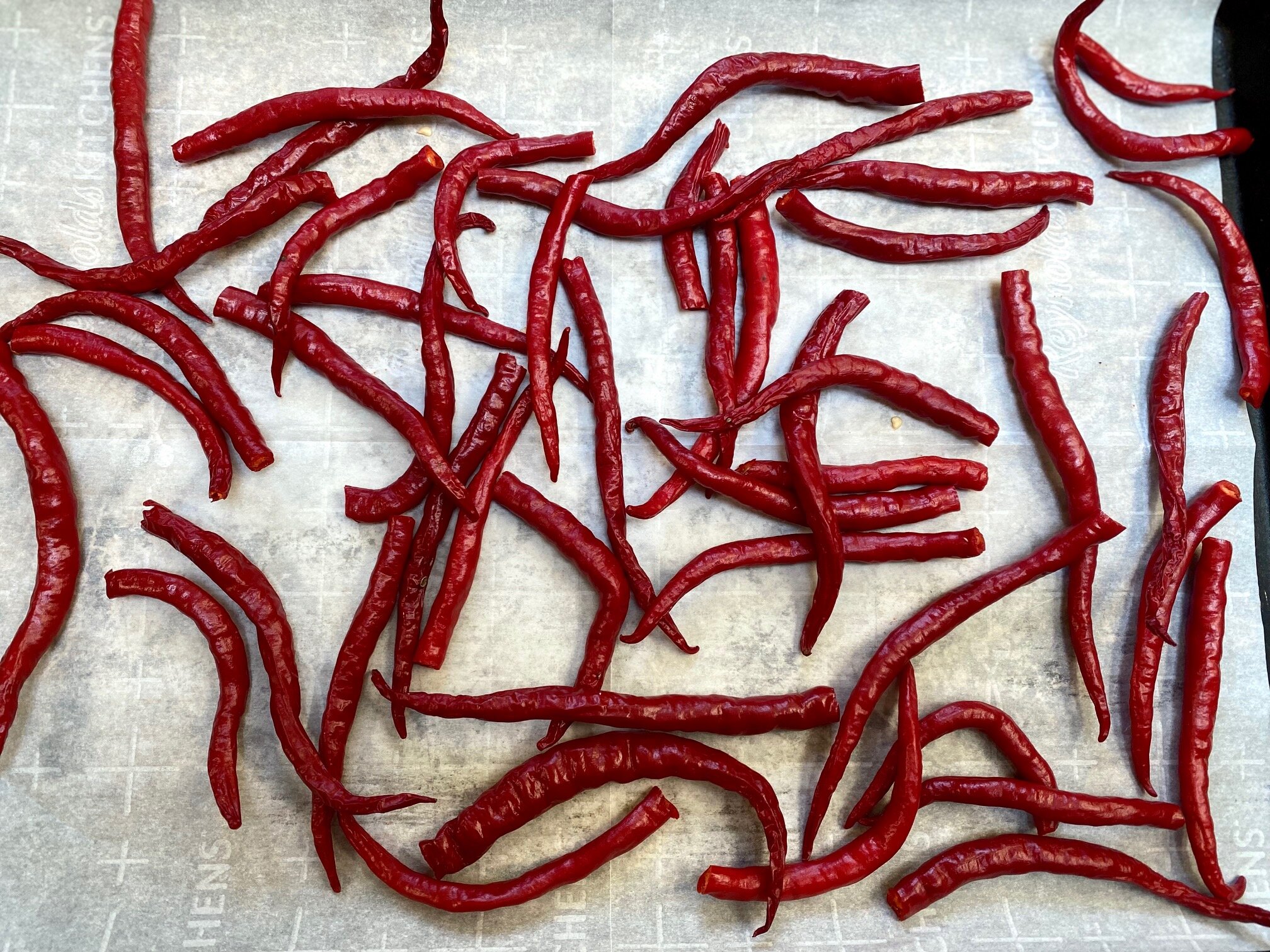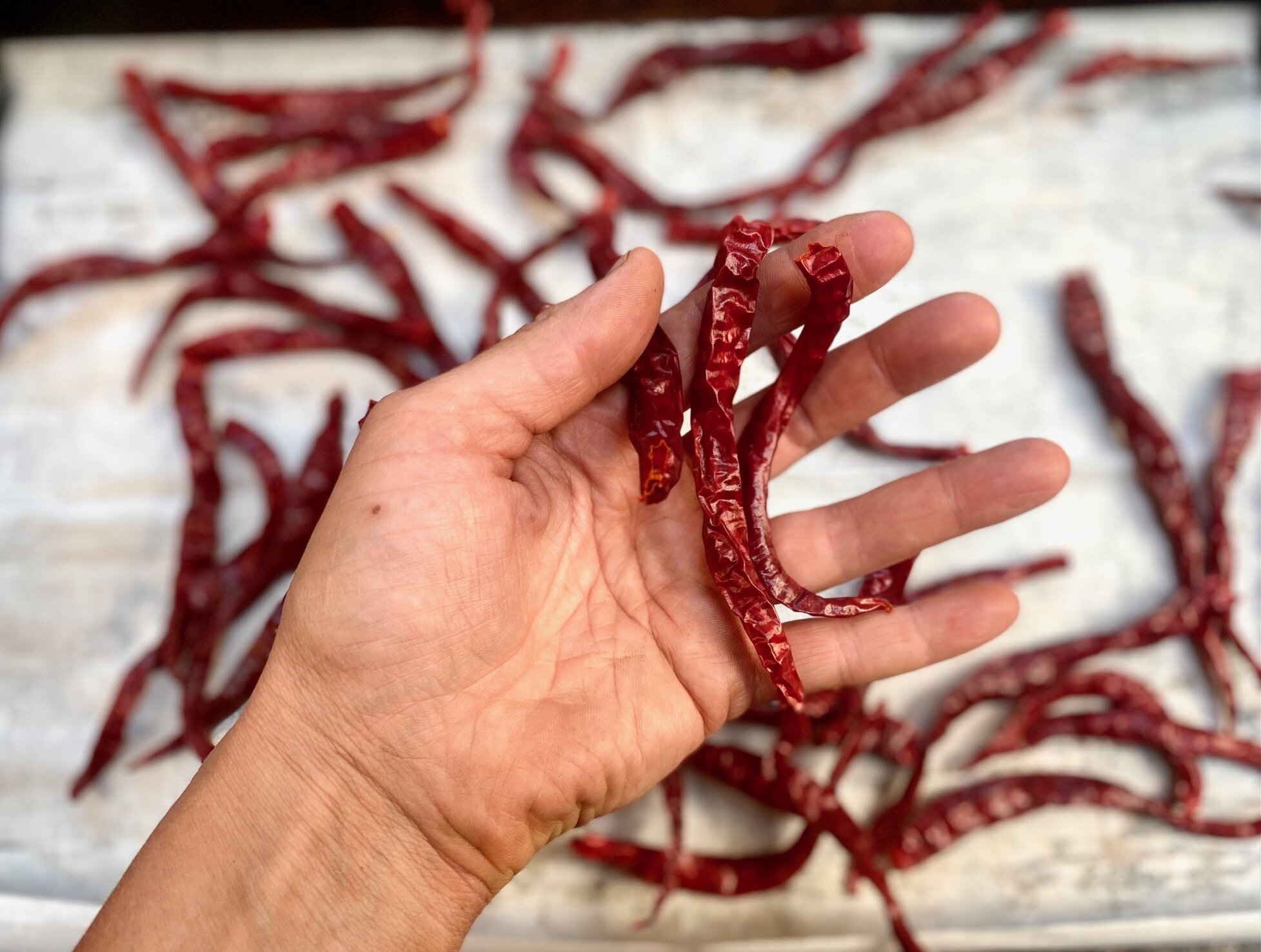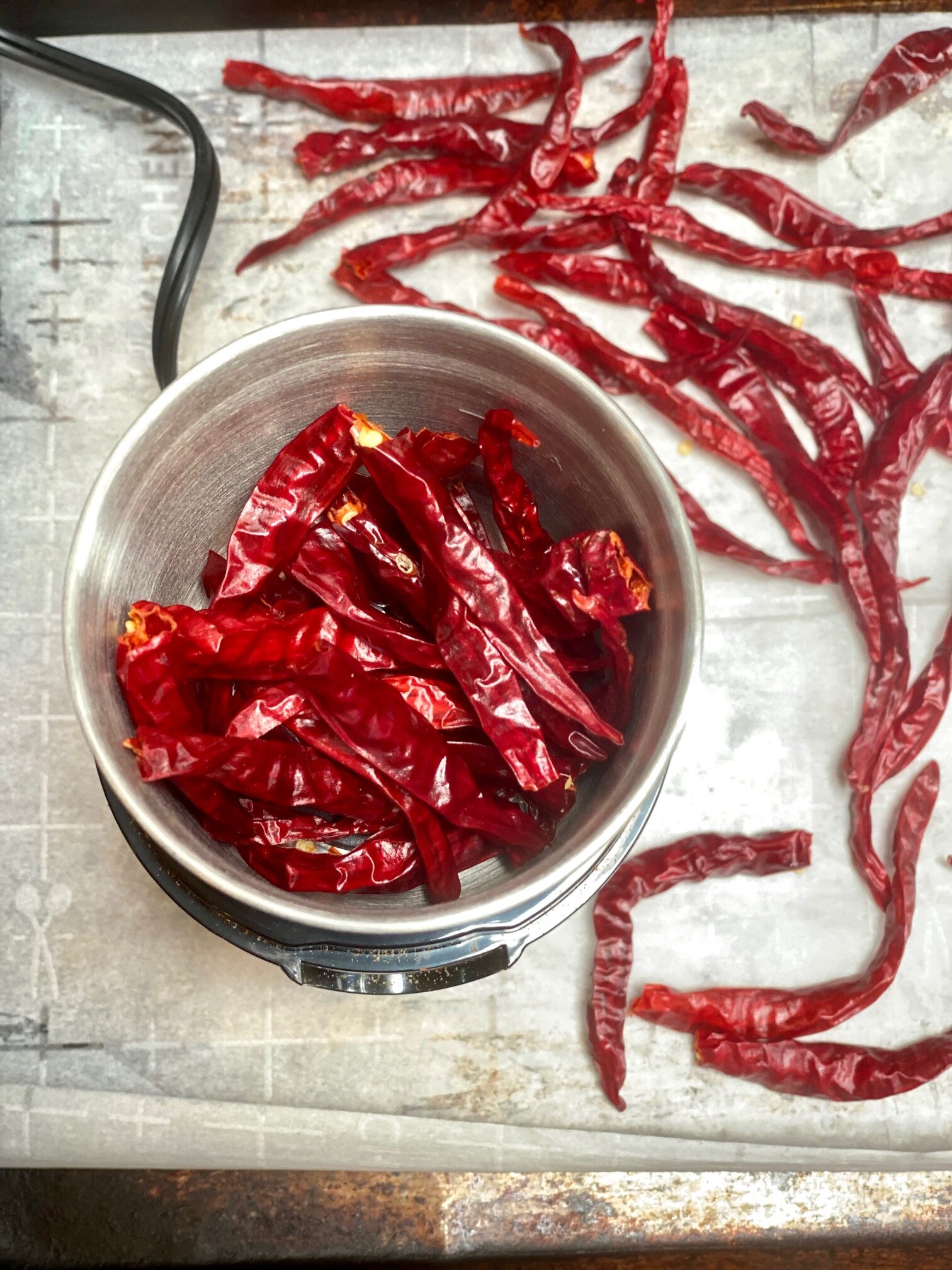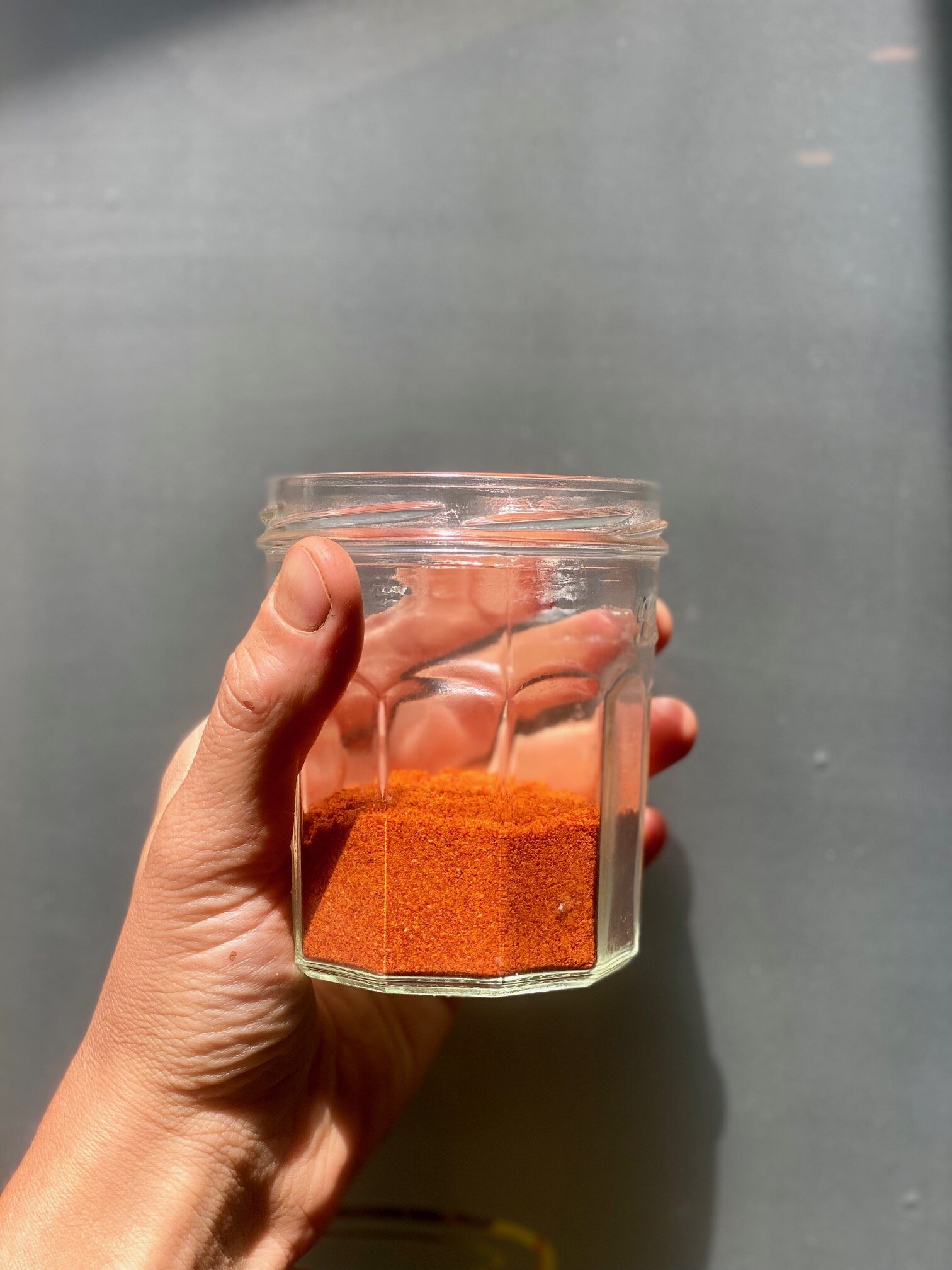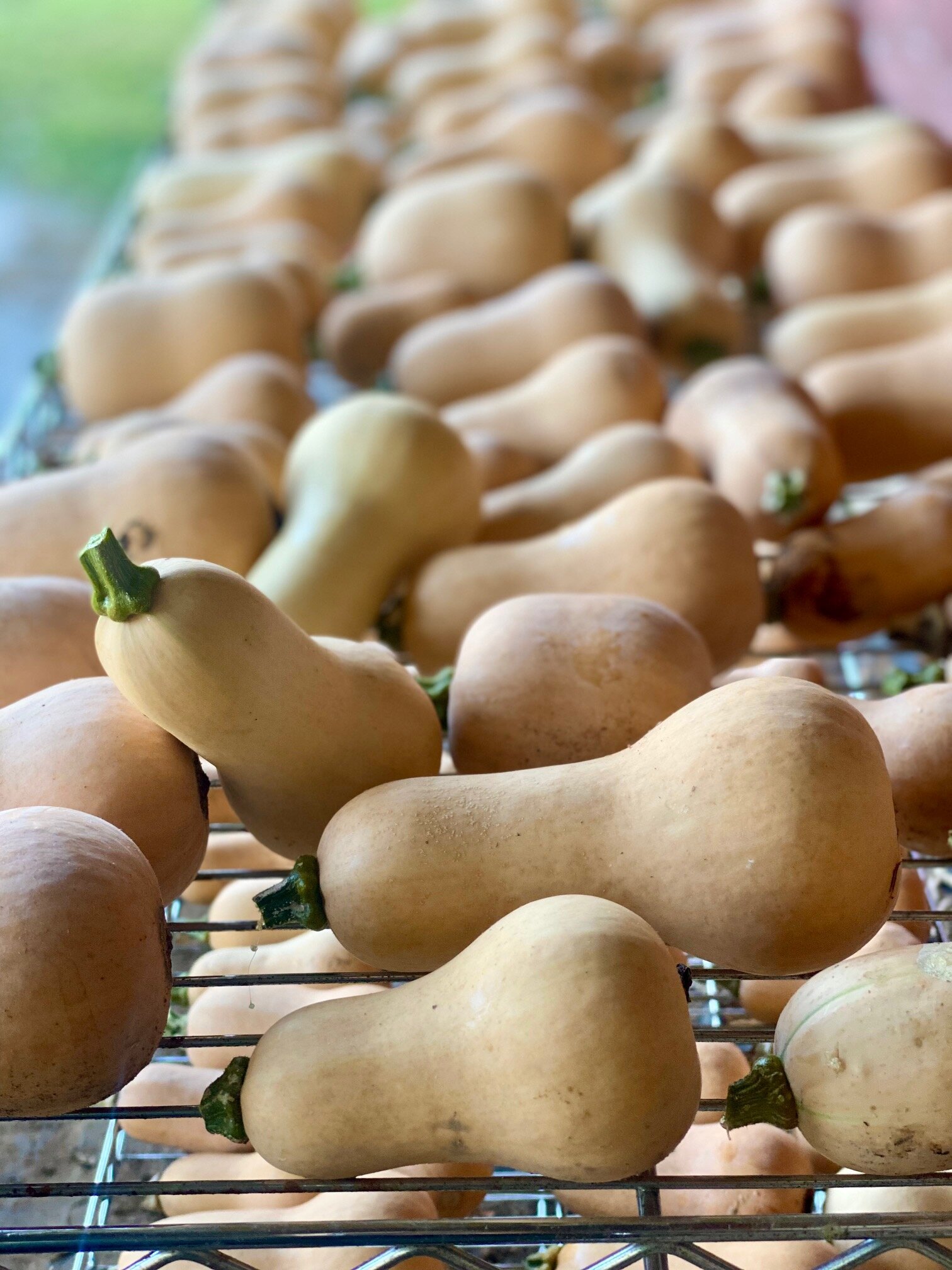Farm Notes
While the weather still hasn’t cooled down one bit, I’m very happy to report that our fall veggies are faring much better compared to this time last week! We ended up removing the black landscape fabric from the majority of the beds where we had planted our fall seedlings, because the black fabric (while great at keeping weeds at bay) was getting waaay too hot for our tender plants to thrive. I also invested in a LOT more shade cloth (see photo below) to put over each bed, which makes a huge difference in keeping everything a bit cooler (and the cloth protects the plants from getting munched on by critters).
I also made sure to spray all our new plant babies with fish emulsion – a gentle, organic way to boost plants with the essential macronutrients that they need to grow. Just dilute the fish emulsion in a watering can or sprayer, and apply all over your plants either in the morning or early evening every 1-2 weeks for best results.
Another simple tip for anyone also struggling through hot temps right now is to make sure your plants are getting plenty of water! The best time to water is either in the morning or early evening.
In other farm news… yesterday was a great work day, and we got a bunch more seeds in the ground (regular radishes, beets, and watermelon radishes), planted more lettuce seedlings, harvested the first of our roselle/hibiscus, and tarped a section of the farm where we had some buckwheat cover crop (and plenty of weeds) that are ready to decompose and be turned back into the soil.
This section is ready to be covered with a tarp, which will kill off any remaining cover crop/weeds, so we can plant in these beds again later this fall.
Tarp is on and looking good!
And don’t worry, I have lots of help to keep this little farm on track while I start to really slow down in preparation for our sweet babe to arrive! Today I hit the 35 week mark of my pregnancy… and it’s crazy to think that in about a month, our whole lives are going to change forever. We are so excited to welcome this little one to our family, and I’m wildly grateful for all the friends and family rallying around us during this whirlwind season. I’ll be sure to keep y’all updated as my due date gets closer… thank you for all your support!
Kitchen Notes
Earlier this week, I led a fun virtual lesson all about making homemade tea blends! I’m no expert herbalist, but I hope that the lesson (and the tips I’m about to share here) will help take some of the intimidation out of growing + creating your own homemade herbal teas. To watch the virtual lesson, check it out on our Facebook page HERE or via our private Google Drive folder HERE.
I dig into allll the details in the virtual lesson, but here are some of the basics for crafting your own tea blends at home:
1) GROW – There are so many amazing plants that you can grow at home for your tea blends, so do some research on what varieties you might be interested in growing. My go-to plants to grow for making teas are: lemon balm, lemon verbena, tulsi/holy basil, anise hyssop, lemon bergamot, and mint. All of these plants are super easy to grow, and you can get multiple harvests from them over the course of the growing season.
2) HARVEST – The best time to harvest herbs is either around 10am (after the dew has dried, but before it gets too hot), or early evening. When harvesting, don’t make your bunches so big that the plants can’t dry properly. I also recommend stripping the leaves from the bottoms of each stem when making your bunches.
3) DRY – My go-to method for drying is to tie a string along a wall or across a room, and hang each herb bundle upside down along the string, making sure to give the bundles space between one another. To speed up the process, I will often put a dehumidifier in the room where the herbs are drying. The herb bundles are “ready” when they are totally dry to the touch and the leaves are very crinkly – the amount of drying time will vary, but usually takes 10-14 days for me.
4) PROCESS – Once your herbs are dry, you’ll need to strip the leaves + flowers from the stems. To do this, get a wide bowl and use your hands to strip the leaves/flowers from the stems, and discard the stems. If you’re processing several different plant varieties, make sure to keep them all separate as you are processing them. This can be a time-consuming process, but I find it’s quite enjoyable once you get into a rhythm! Once all the plant matter has been collected, I will usually pulse them in a food processor to break down the size of the leaves a bit (though I’m careful not to break them down TOO much… you don’t wan’t to be left with a pile of dust)! You can certainly skip this step if you life your tea blends to have large leaves.
5) BLEND – Now is the extra fun part! I like to experiment with different tea blends, and I’ll start by making small test batches, where I play with different ratios of various plants in each unique blend. To test a blend, I’ll go ahead and make a cup of tea by putting a tablespoon or two of the tea into a tea bag and steep in hot water. Taste and make adjustments to the ratios of your blend to fit your taste. A note that you can absolutely make an herbal tea with just one type of plant (ie all mint or lemon verbena), it’s totally up to you!
6) ENJOY – Once a tea blend is ready, store in a clean glass jar or container. To enjoy, I will put a tablespoon or two into a tea bag and steep in hot water, often with a spoonful of honey! :)
Today’s Stats
Low temp: 72F
High temp: 94F
Sunrise: 6:44am
Sunset: 7:53pm
Moon phase: Waning Gibbous
Additional notes: Hot and humid








